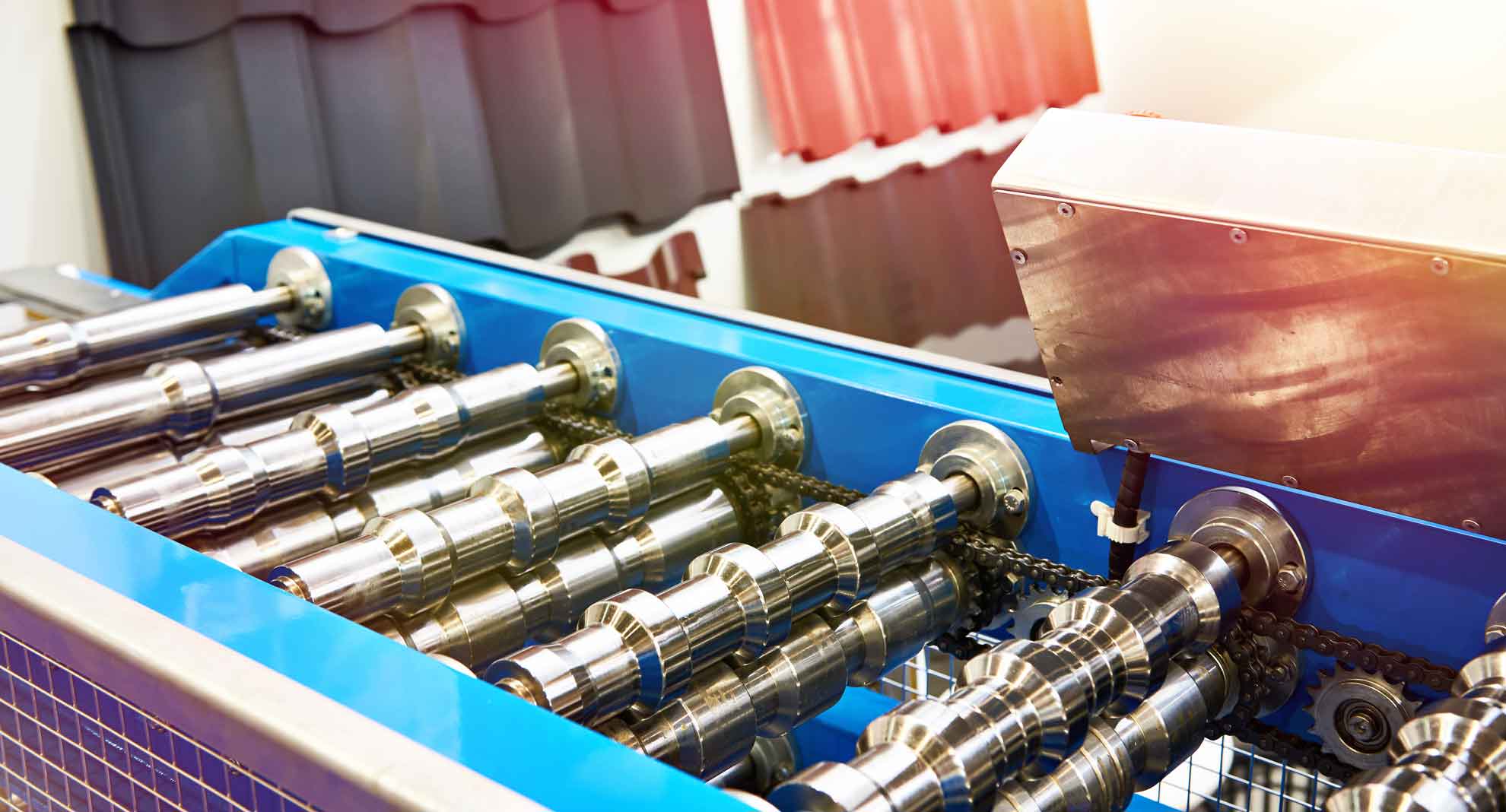Today's sheet and coil roll forming systems provide manufacturing solutions that are applicable across a variety of industries. These machines can be tailored to high production manufacturing as well as flexible, short production needs, making them a smart investment for many metal fabricators and manufacturers looking to produce quality parts with speed and accuracy. Understanding the advantages of roll forming processes and the opportunities for growth they provide is the first step to building a productive and profitable roll forming operation.
An Overview of Roll Former Types
|
1. Continuous from Coil with Post-CuttingStandard Processes: |
3: Pre-Cut BlanksStandard Processes: Potential Added Processes/Options: |
|
2: Continuous from Coil with Pre-Punching/Pre-Notching and Post-CuttingStandard Processes: Potential Added Processes/Options: |
4: Continuous from Coil with Pre-Punching/Pre-Notching/Pre-Cutting and Roll FormingStandard Processes: Potential Added Processes/Options: |
Major Advantages of the Roll Forming Process
Precision at high volumes: Generally, it takes about 75,000 pieces of a given part per year to justify the investment in a roll former. However, some applications can be justified with as little as 3,000 pieces of a particular part per year. Since roll formers usually run from coiled material, product lengths are limited only by the amounts of material in the coil. Futhermore, product lengths can be easily changed on the fly as needed. Even at high production rates, roll forming typically produces a more consistent part than other forming methods.
Eliminate multiple and/or secondary operations: With roll forming, locating holes, "knock-outs," and notches can all be punched in the parts in-line before the finished parts are cut to length. Roll formers can also produce bent tabs on the end of parts. These systems may eliminate a dozen or more manual operations, while digital controls and batch production capabilities can allow the process to vary position and quantities of engineered features without setup time.
Versatile, integrated systems: Ferrous and non-ferrous metals such as cold or hot rolled carbon steel, stainless steel, aluminum, brass, copper, HSLA steel, and even titanium or special alloys can be roll formed. Pre-painted, galvanized, vinyl clad, and plastic enclosed metals can also be roll formed, eliminating costly coating operations. Roll tooling has the ability to be shared or adjusted for different material widths and thicknesses, lending the process to greater flexibility.
Growth Opportunities for Manufacturers with Roll Forming Capabilities
Roll forming machinery and equipment can open the doors to future projects and partnerships of practically infinite shapes and sizes. Depending on the setup of any particular shop, manufacturers can explore new applications and revenue streams thanks to the versatile capabilities of roll forming, including:
Serving a wide range of industries: Roll forming can be used in manufacturing forany industry requiring a tailor-made continuous section including automotive/transportation, agriculture, appliance, energy, aerospace, office furniture, construction, heavy-duty, and HVAC.
Variety of types of products: Different roll forming machines are able to produce stamping parts, press brake parts, and/or roll formed parts in any of the materials which can withstand the bend of the radii. Many machines can integrate multiple fabricating processes to streamline operations. Therefore, roll forming machinery can accommodate a variety of products, large and small, and access to this capability offers flexibility in the types of products a manufacturer is able to create.
In wide-ranging industries from construction to metal office furniture, roll forming systems hold the key to delivering high-quality results while improving operational efficiencies.







